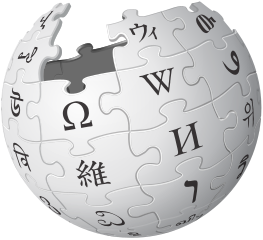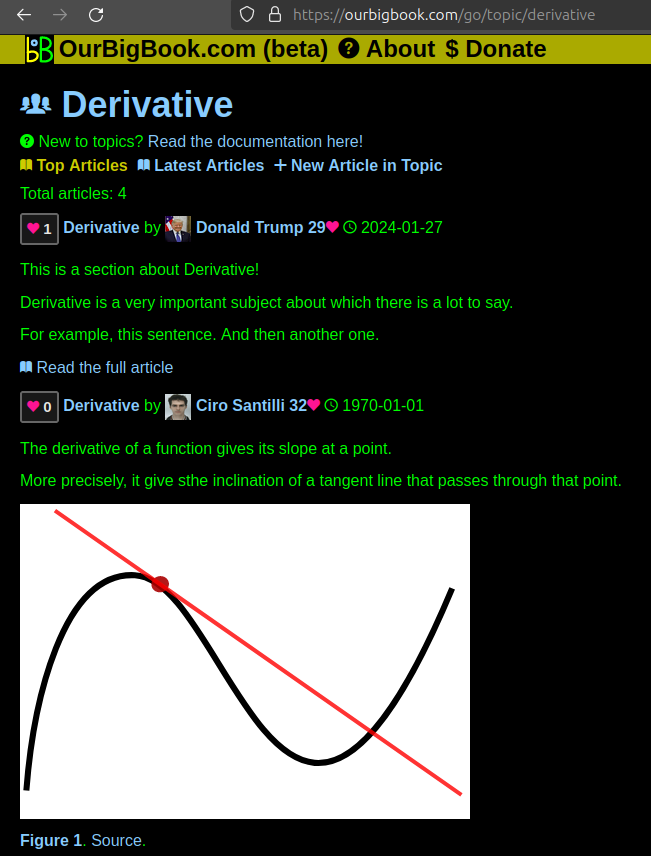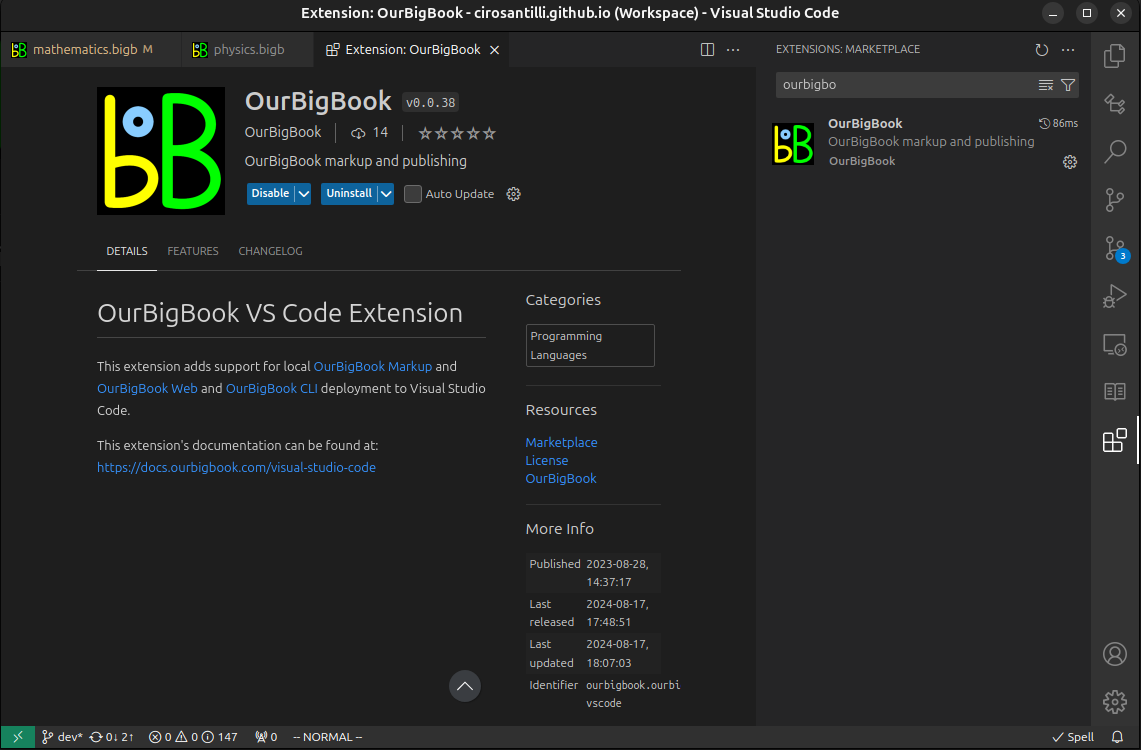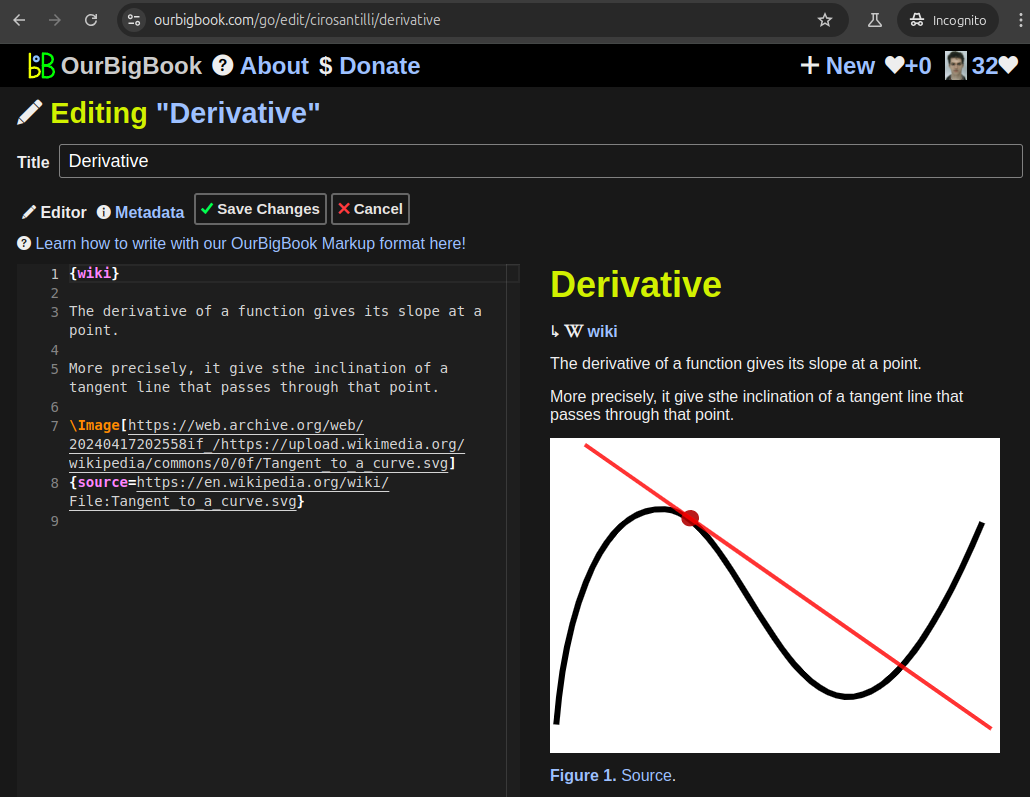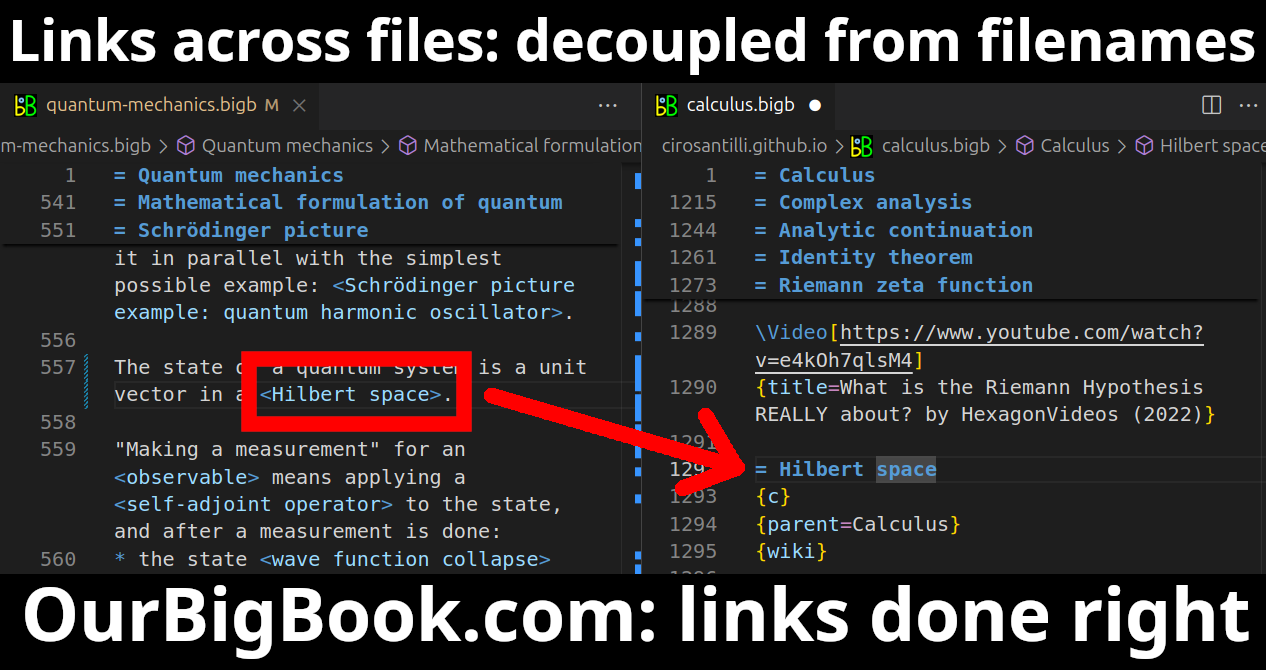Lalaloopsy is a brand of dolls created by the American toy company MGA Entertainment. Launched in 2010, Lalaloopsy dolls are characterized by their unique, whimsical designs and the fact that they are made from "rag dolls" that come to life. Each doll has its own distinct personality and backstory, often based on the materials used to make them or the themes associated with their outfits.
Li'l Missy Beaded Dolls is a creative art project that involves making small dolls or figures using beads, often aimed at children or those interested in crafting. Typically, these dolls are constructed by stringing beads together to form the body, limbs, and features, allowing for customization and personalization. This type of craft can help develop fine motor skills, creativity, and patience as individuals design and assemble their dolls.
Ubuntu 20.10 as per xmrig.com/docs/miner/build/ubuntu:At minexmr.com/#getting_started we see that all you then need is a single CLI command:Seems simple, well done devs!
sudo apt install git build-essential cmake libuv1-dev libssl-dev libhwloc-dev
git clone https://github.com/xmrig/xmrig.git
mkdir xmrig/build && cd xmrig/build
cmake ..
make -j$(nproc)xmrig -o pool.minexmr.com:4444 -u <your-monero-address>Benchmark on Lenovo ThinkPad P51 (2017) as per xmrig.com/docs/miner/benchmark:gives:which according to the minexmr.com mining pool would generate 0.0005 XMR/day, which at the February 2021 rate of 140 USD/XMR is 0.07 USD/day. The minimum payout in that pool is 0.004 XMR so it would take 8 days to reach that.
./xmrig --bench=1M948.1 h/sSo clearly, application-specific integrated circuit mining is the only viable way of doing this.
www.makeuseof.com/cryptos-you-can-mine-at-home/ is a completely full of bullshit article that says otherwise. How can someone publish that!
If your pollution damages the property of others, that would violate the NAP, and a minarchy would be justified in collecting penalties for the same and distributing them to the people affected. This should incentivize the company to try and prevent or clean up its pollution as much as possible. We need to decide the extent of such penalties, and whether penalties other than monetary ones would be even more effective at preventing pollution.
Gérard Bricogne is a prominent French scientist known for his contributions to the field of X-ray crystallography. He is particularly recognized for his work in the development of software and methodologies for the analysis of crystal structures. Bricogne has been involved in creating tools that aid researchers in obtaining and interpreting crystallographic data, which is essential for understanding the molecular structures of a wide range of substances, including biological macromolecules such as proteins and nucleic acids.
Pinned article: Introduction to the OurBigBook Project
Welcome to the OurBigBook Project! Our goal is to create the perfect publishing platform for STEM subjects, and get university-level students to write the best free STEM tutorials ever.
Everyone is welcome to create an account and play with the site: ourbigbook.com/go/register. We belive that students themselves can write amazing tutorials, but teachers are welcome too. You can write about anything you want, it doesn't have to be STEM or even educational. Silly test content is very welcome and you won't be penalized in any way. Just keep it legal!
Intro to OurBigBook
. Source. We have two killer features:
- topics: topics group articles by different users with the same title, e.g. here is the topic for the "Fundamental Theorem of Calculus" ourbigbook.com/go/topic/fundamental-theorem-of-calculusArticles of different users are sorted by upvote within each article page. This feature is a bit like:
- a Wikipedia where each user can have their own version of each article
- a Q&A website like Stack Overflow, where multiple people can give their views on a given topic, and the best ones are sorted by upvote. Except you don't need to wait for someone to ask first, and any topic goes, no matter how narrow or broad
This feature makes it possible for readers to find better explanations of any topic created by other writers. And it allows writers to create an explanation in a place that readers might actually find it.Figure 1. Screenshot of the "Derivative" topic page. View it live at: ourbigbook.com/go/topic/derivativeVideo 2. OurBigBook Web topics demo. Source. - local editing: you can store all your personal knowledge base content locally in a plaintext markup format that can be edited locally and published either:This way you can be sure that even if OurBigBook.com were to go down one day (which we have no plans to do as it is quite cheap to host!), your content will still be perfectly readable as a static site.
- to OurBigBook.com to get awesome multi-user features like topics and likes
- as HTML files to a static website, which you can host yourself for free on many external providers like GitHub Pages, and remain in full control
Figure 3. Visual Studio Code extension installation.Figure 4. Visual Studio Code extension tree navigation.Figure 5. Web editor. You can also edit articles on the Web editor without installing anything locally.Video 3. Edit locally and publish demo. Source. This shows editing OurBigBook Markup and publishing it using the Visual Studio Code extension.Video 4. OurBigBook Visual Studio Code extension editing and navigation demo. Source. - Infinitely deep tables of contents:
All our software is open source and hosted at: github.com/ourbigbook/ourbigbook
Further documentation can be found at: docs.ourbigbook.com
Feel free to reach our to us for any help or suggestions: docs.ourbigbook.com/#contact
